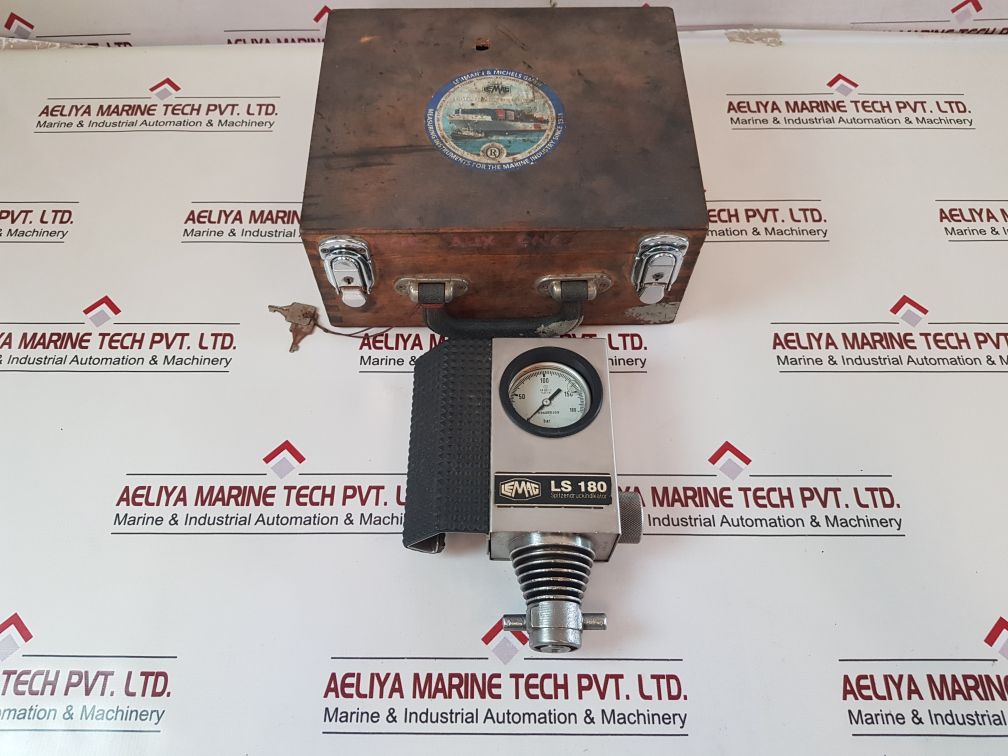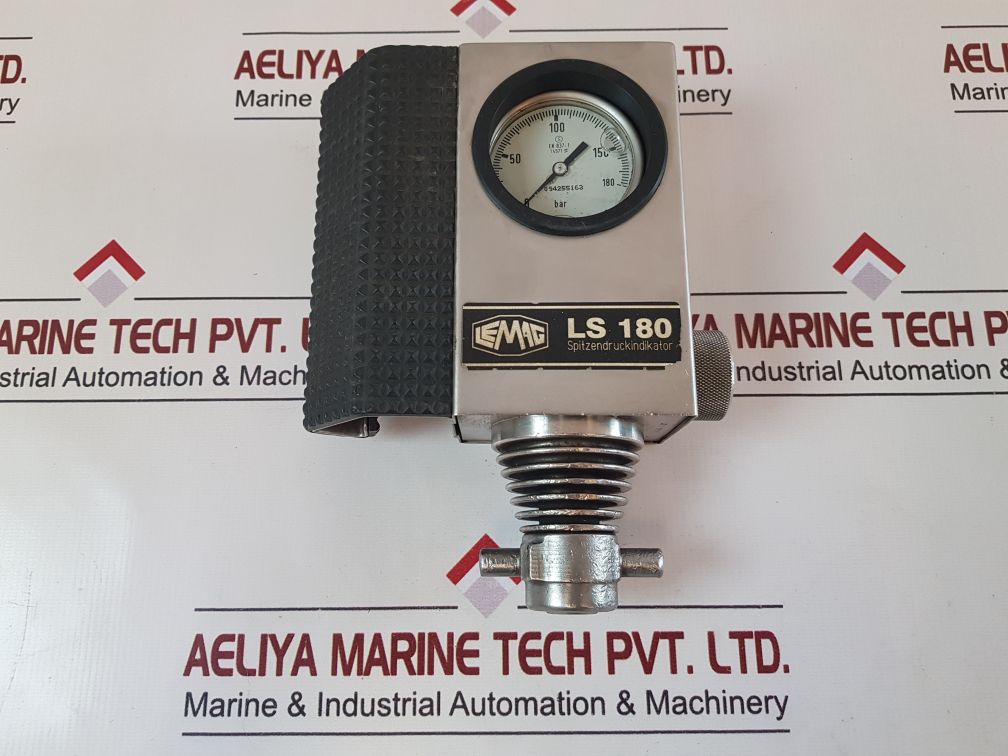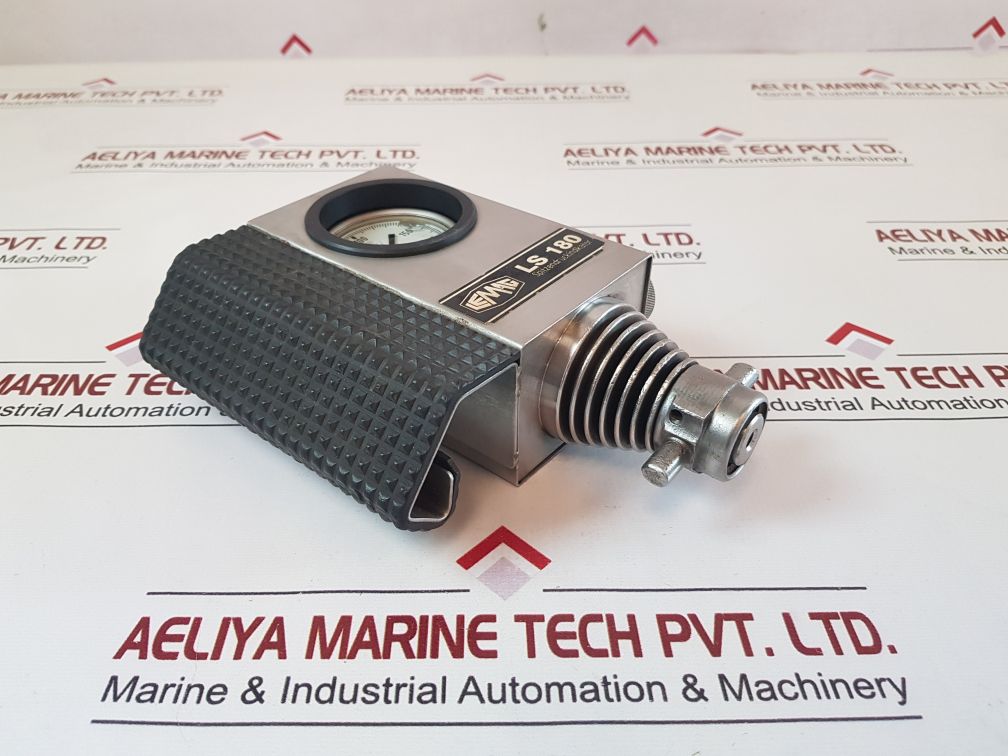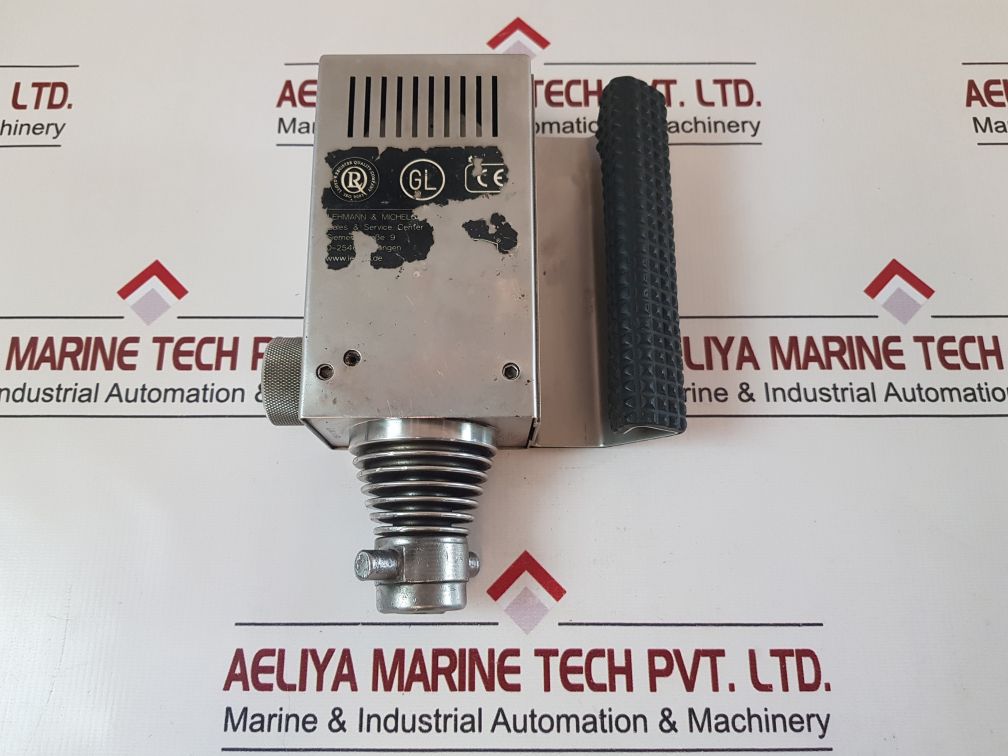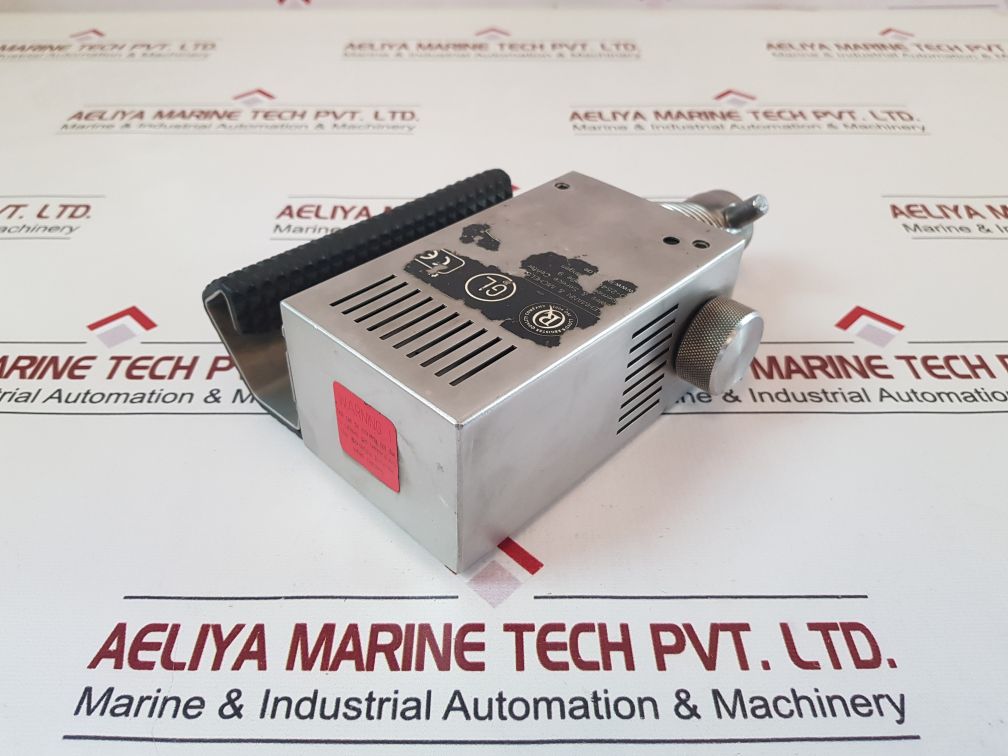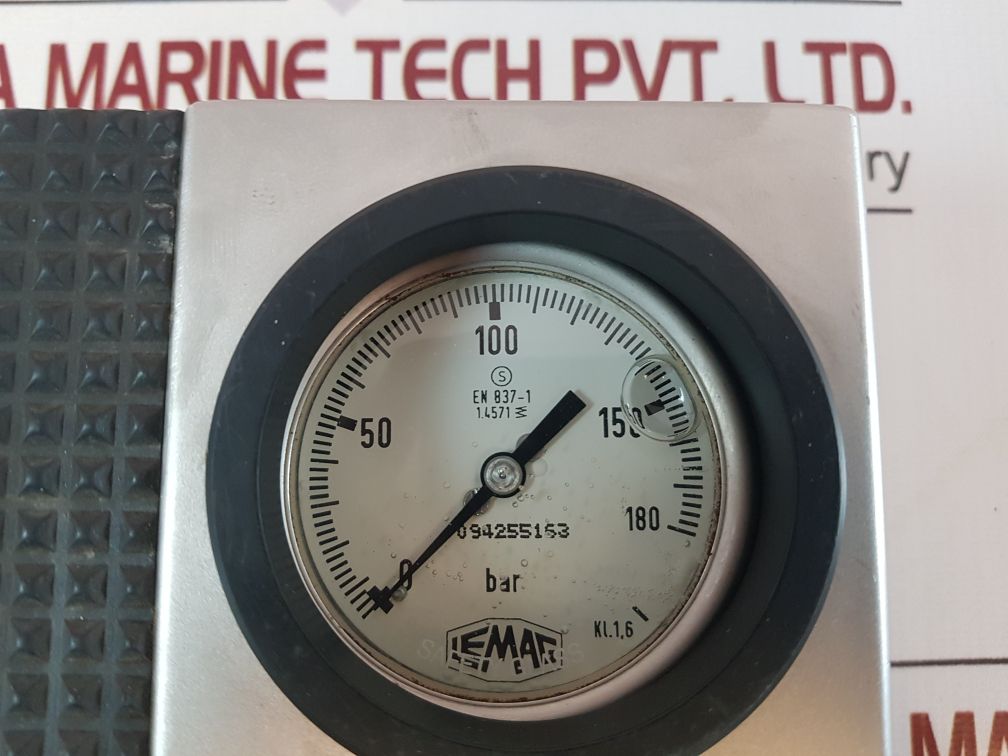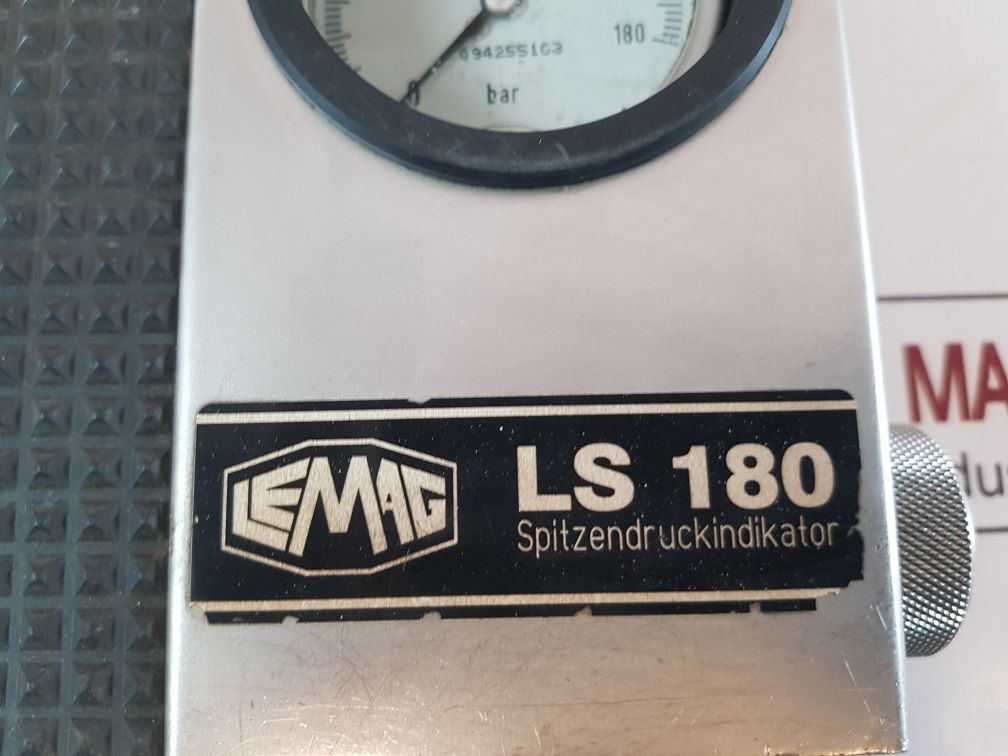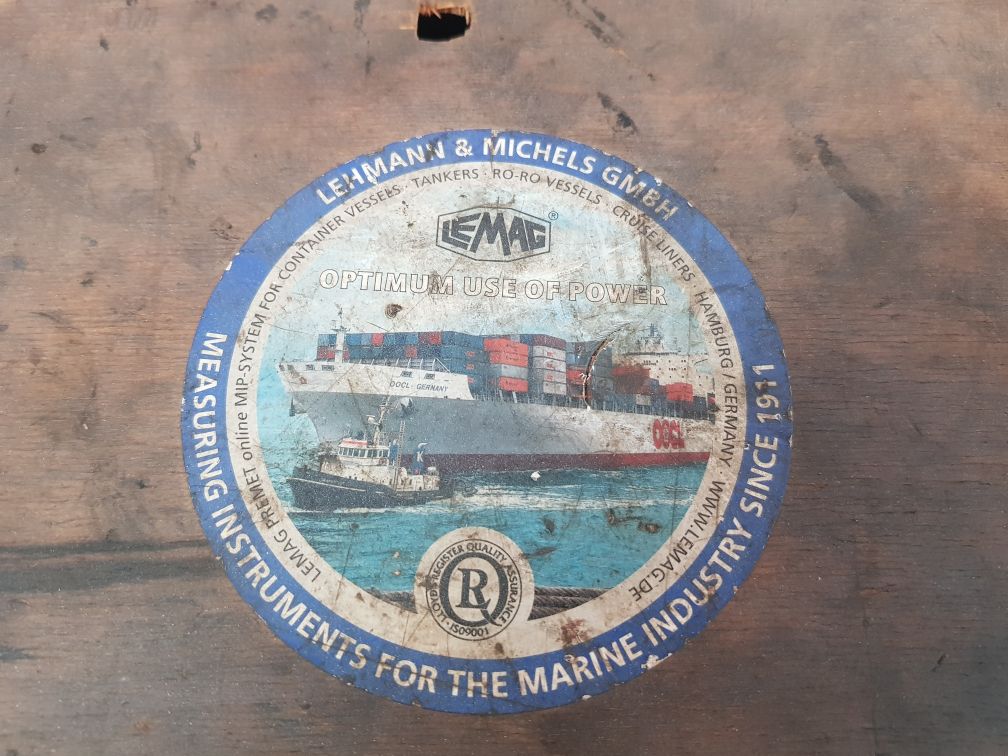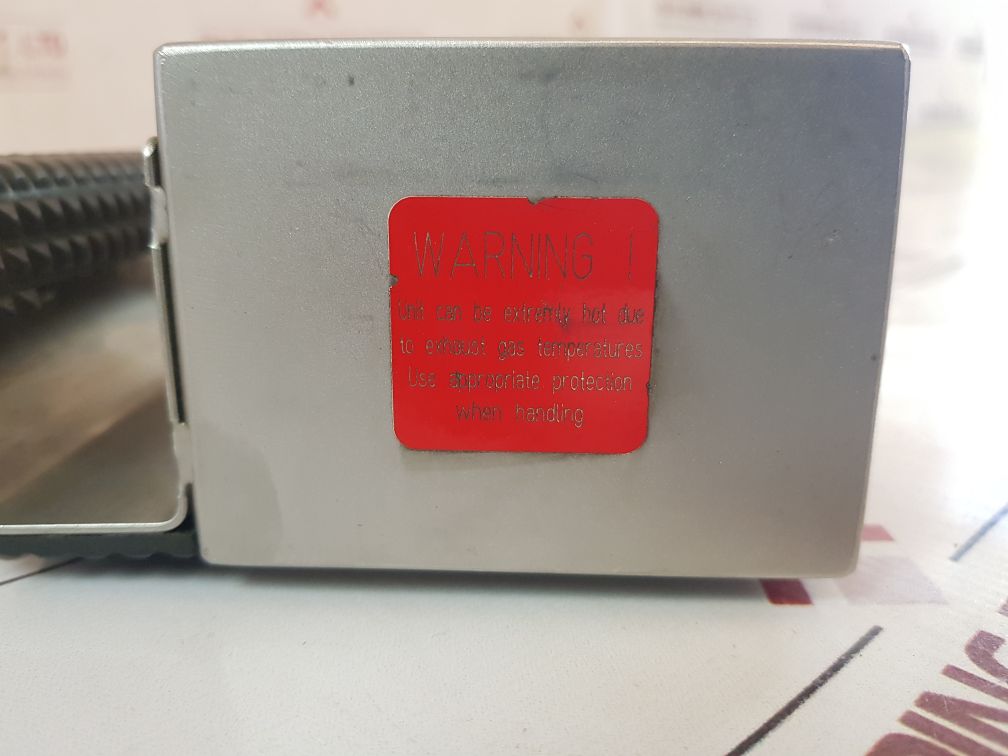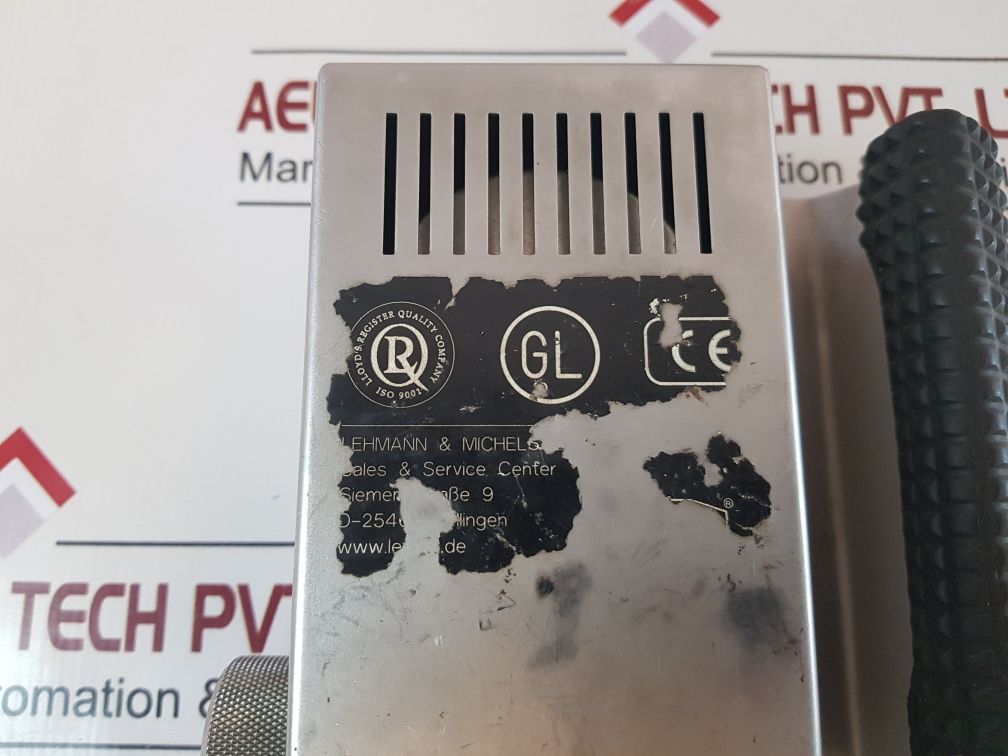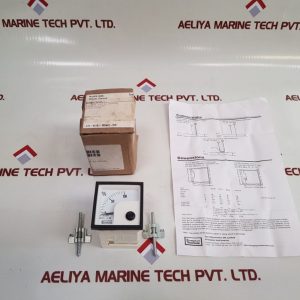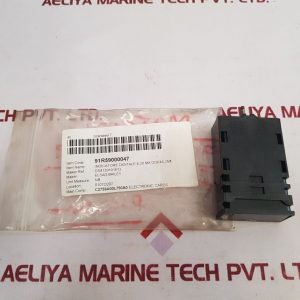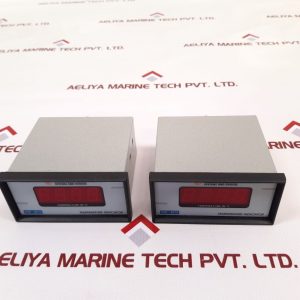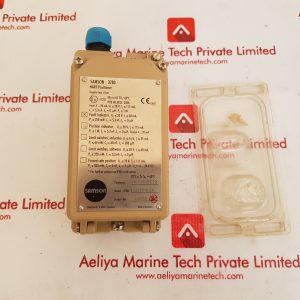| Attribute | Value |
|---|---|
| Product | Lemag LS180 Peak Pressure Indicator |
| Brand | Lemag |
| Manufacturer | Lehmann & Michels GmbH |
| Model | LS 180 |
| Description | Spitzendruck Indikator/ Peak Pressure Indicator |
| Pressure Range | 0 to 180 Bar |
| Accuracy | Kl.1,6 |
| Standard | EN 837-1 |
| Material | 1.4571 |
| Part Number | 094255163 |
| Country of Origin | Germany |
| Weight | 4.250 Kg |
| Condition | Used 1 Pcs |
| Reference Number | 55365 |
What is the Lemag LS180 Peak Pressure Indicator?
The Lemag LS180 is a state-of-the art device designed to measure the peak pressure inside engine cylinders. This critical information enables operators to have real-time knowledge of engine health, enabling them to make adjustments that optimize performance and minimize wear.
Key Features and Benefits
1. Unmatched Accuracy: The Lemag LS180 provides unmatched accuracy, ensuring reliable readings that enable you to make informed decisions about engine maintenance and tuning.
2. User-Friendly Design: This indicator is designed with simplicity in mind. Its intuitive interface makes it easy for operators to gather and interpret data without extensive training.
3. Durability and Reliability: Built to withstand harsh industrial environments, the LS180 is made from robust materials, ensuring longevity and consistent performance under tough conditions.
4. Increased Operational Efficiency: Peak pressure monitoring allows you to identify potential problems before they become major problems, therefore reducing downtime while saving on costs for repairs.
Why Choose the Lemag LS180?
The reliability and simplicity of the Lemag LS180 are what set it apart. Weathering marine vessel activity or industrial machinery, this device ensures you stay at peak operating levels and protects the longevity of your engine. Real-time feedback empowers you to fine-tune your operations, saving the day in ways of big cost savings and improved performance.
Applications of the Lemag LS180
The Lemag LS180 is versatile and can be used in a wide range of industries, such as:
Marine: It ensures that ships run at their maximum efficiency, thus saving fuel.
Industrial: It improves the performance of heavy machinery and minimizes the chances of expensive breakdowns.
Power Generation: It monitors and maintains generator engines to ensure uninterrupted power supply.
